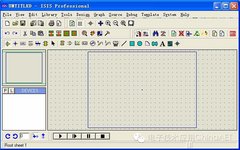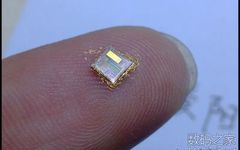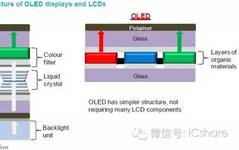Getting Started with Proteus: AVR Microcontroller Simulation Example
Before starting, prepare the simulation file, which is the debugging or download file generated by the compiler. Different compilers produce files in different formats, such as ICC produces COF, IAR produces D90, and GCC produces COF and ELF. Proteus 6.7sp3 supports COF, D90, HEX, etc., but does not currently support ELF. This example uses: lcd_C.hex … Read more









